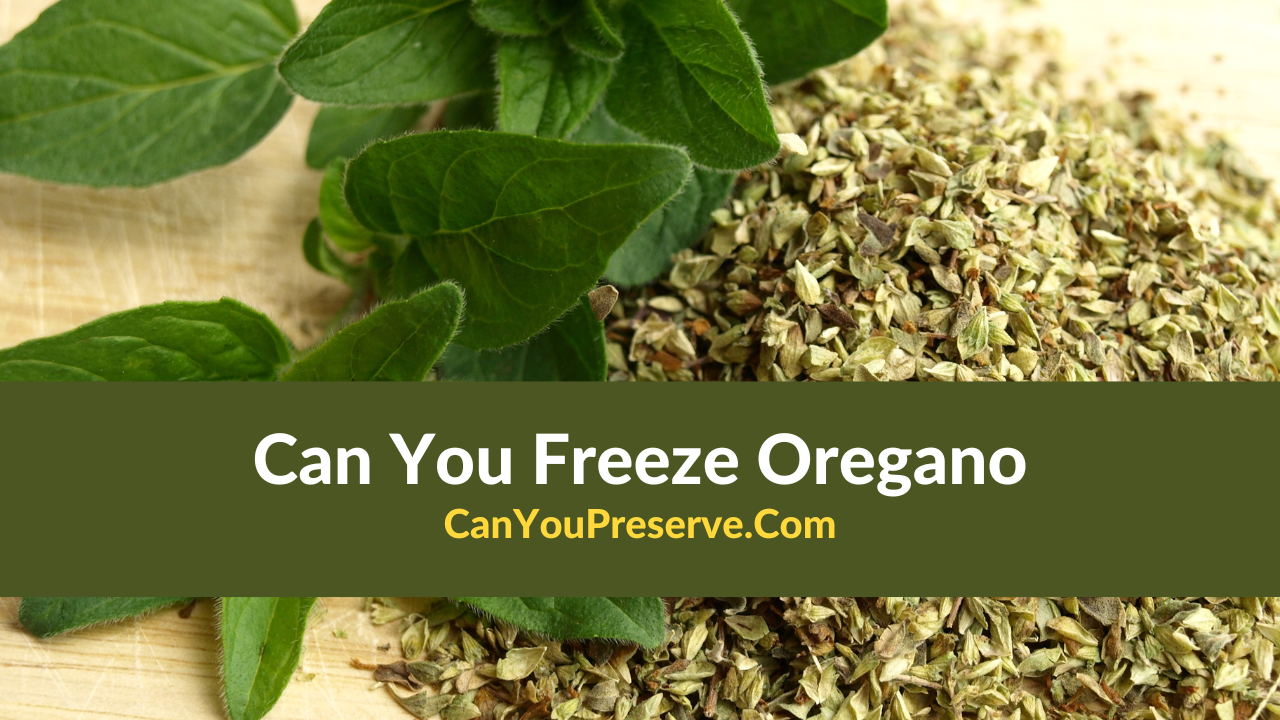Can You Freeze Aloe Vera?: Aloe vera is a popular plant known for its medicinal and soothing properties. Its gel-like flesh is often used to treat sunburns, cuts, and other skin irritations, and it is also used in a variety of beauty products. If you have an aloe vera plant at home or use aloe vera products regularly, you may be wondering if it is possible to freeze aloe vera for later use.
In this blog post, we’ll explore the benefits of freezing aloe vera, provide step-by-step instructions for doing so, and offer tips for defrosting and using it. Whether you’re an aloe vera enthusiast or just looking for a way to store this versatile plant, this post has something for you. So let’s dive in and learn more about freezing aloe vera!
- Can You Freeze Aloe Vera?
- How To Freeze Aloe Vera?
- How To Use Frozen Aloe Vera?
- How Do You Defrost Aloe Vera?
- Does Aloe Vera Freeze Well?
- 3 Tips For Freezing Aloe Vera
- FAQs On Freezing Aloe Vera

Can You Freeze Aloe Vera?
Yes, it is possible to freeze aloe vera for later use. Freezing aloe vera has several benefits, including:
- Convenience: Freezing aloe vera allows you to store it for later use, so you don’t have to worry about using it all at once. This is especially useful if you have a large aloe vera plant or use aloe vera products regularly.
- Longer shelf life: Freezing aloe vera can extend its shelf life, allowing you to use it for a longer period. This can be especially helpful if you live in a hot or humid climate, where aloe vera may not stay fresh for as long.
- Easy to use: Frozen aloe vera is easy to use, as it can be thawed and used as needed. Simply transfer the aloe vera to the refrigerator to thaw slowly, or thaw it in the microwave. Be sure to give the aloe vera a good stir before using it, as the ingredients may have separated during freezing.
Overall, freezing aloe vera is a simple and convenient way to preserve this versatile plant for later use. Just be sure to use the frozen aloe vera within a few months for optimal quality.
How To Freeze Aloe Vera?
To freeze aloe vera, you can follow these steps:
- Cut a leaf from an aloe vera plant: First, cut a leaf from an aloe vera plant using a sharp knife. Make sure to choose a leaf that is healthy and free from any blemishes or damage.
- Remove the outer skin: Next, carefully remove the outer skin of the aloe vera leaf by running the knife along the edges and peeling it back. Be sure to discard the skin, as it is not typically used in cooking or home remedies.
- Cut the aloe vera flesh into small pieces or blend it into a puree: Once the outer skin has been removed, you can either cut the aloe vera flesh into small pieces or blend it into a puree, depending on your intended use. If you plan to use aloe vera as a skin treatment or in cooking, you may want to cut the flesh into small pieces. If you plan to use aloe vera in beauty products, you may want to blend it into a smooth puree.
- Transfer the aloe vera to a freezer-safe container: Once the aloe vera is cut or pureed, transfer it to a freezer-safe container. Be sure to leave some headspace in the container to allow for expansion as the aloe vera freezes.
- Label and date the container: Before placing the container in the freezer, be sure to label and date it so you know how long it has been frozen.
- Place the container in the freezer: Finally, place the container in the freezer and allow the aloe vera to freeze completely. Frozen aloe vera will last for several months, but it is best to use it within the first few months.
Find Out Similar:
How To Use Frozen Aloe Vera?
There are many ways to use frozen aloe vera, depending on your intended use. Here are a few ideas:
- As a skin treatment: Frozen aloe vera can be used to soothe sunburns, cuts, and other skin irritations. Simply thaw the aloe vera and apply it directly to the affected area, or mix it with other ingredients to create a homemade aloe vera gel or cream.
- In cooking: Frozen aloe vera can be used in a variety of dishes, including smoothies, soups, and sauces. Simply thaw the aloe vera and chop it into small pieces, or blend it into a puree, and add it to your recipe as desired.
- In beauty products: Frozen aloe vera can be used in a variety of homemade beauty products, including face masks, hair treatments, and body scrubs. Simply thaw the aloe vera and blend it into a smooth puree, then mix it with other ingredients to create your desired product.
To thaw frozen aloe vera, you can transfer it to the refrigerator to thaw slowly or thaw it in the microwave. Be sure to give the aloe vera a good stir before using it, as the ingredients may have separated during freezing. It is best to use the aloe vera within a few months of freezing for optimal quality.
How Do You Defrost Aloe Vera?
To defrost aloe vera, you can follow these steps:
Transfer the aloe vera to the refrigerator
One of the easiest and most effective ways to defrost aloe vera is to simply transfer it to the refrigerator to thaw slowly. This method works well for aloe vera that is stored in airtight containers, as it allows the aloe vera to thaw evenly and prevents bacteria from growing on the surface of the aloe vera.
Simply place the container of aloe vera in the refrigerator and allow it to thaw for several hours or overnight, depending on the size of the container and the strength of your refrigerator.
Thaw the aloe vera in the microwave
If you need to defrost aloe vera more quickly, you can use the microwave to speed up the process. Place the aloe vera in a microwave-safe container and microwave it on the defrost setting for a few minutes, stirring occasionally, until the aloe vera is fully thawed. Be careful not to overheat the aloe vera, as this can cause the ingredients to separate or become overcooked.
Regardless of which method you choose, be sure to give the aloe vera a good stir before using it, as the ingredients may have separated during freezing.
To explore more such herb varieties such as mint and its freezing process have a sneak peek into the article Can you Freeze Mint and resolve all of them in no time.
Does Aloe Vera Freeze Well?
Overall, aloe vera freezes well and can be a convenient way to preserve this versatile plant for later use. However, it is important to note that freezing aloe vera can cause the ingredients to separate and the aloe vera to change in texture and flavor. Some people may notice that frozen aloe vera becomes more watery or less smooth when it is thawed, and it may also develop an off-flavor or become discolored.
To minimize these changes, it is important to store the aloe vera in an airtight container and place it in the coldest part of the freezer, away from any sources of heat or light. You can also try to remove as much air as possible from the container before sealing it, to help prevent freezer burn.
By following these tips, you can help ensure that your frozen aloe vera stays as fresh and flavorful as possible.
3 Tips For Freezing Aloe Vera
Here are three tips for freezing aloe vera:
- Cut or puree the aloe vera before freezing: Before freezing aloe vera, you should cut the flesh into small pieces or blend it into a puree. This will help the aloe vera freeze more quickly and evenly, and it will also make it easier to use when it is thawed.
- Store the aloe vera in an airtight container: To prevent freezer burn and maximize the shelf life of frozen aloe vera, be sure to store it in an airtight container. This will help to keep out any air or moisture that could cause the aloe vera to spoil or become freezer burnt.
- Place the container in the coldest part of the freezer: To help preserve the quality of the frozen aloe vera, be sure to place the container in the coldest part of the freezer, away from any sources of heat or light. This will help to keep the aloe vera frozen and prevent it from thawing and refreezing, which can affect its texture and flavor.
By following these tips, you can help ensure that your frozen aloe vera stays as fresh and flavorful as possible.
FAQs On Freezing Aloe Vera
1. What happens when you freeze aloe vera?
When you freeze aloe vera, the water and other nutrients in the plant become solid and the aloe vera takes on a firmer, gel-like texture. Freezing aloe vera can also cause the ingredients to separate and the aloe vera to change in flavor and color.
2. How do you store aloe vera in the freezer?
To store aloe vera in the freezer, you should cut the flesh into small pieces or blend it into a puree, depending on your intended use. Then, transfer the aloe vera to a freezer-safe container, leaving some headspace to allow for expansion. Be sure to label and date the container before placing it in the freezer.
3. Can you freeze aloe vera after cutting it?
Yes, you can freeze aloe vera after cutting it. To use frozen aloe vera, simply thaw a cube in the refrigerator or microwave before using it.
Conclusion
It is important to consider the various methods available for freezing fresh aloe vera. Freezing, refrigerating, drying, and extracting the gel are all effective ways to extend the shelf life of aloe vera and preserve its quality and potency. While these methods can be useful, it’s still best to use aloe vera as soon as possible for the best results. Keep connected to us to avail latest updates on many more herbs like freezing chive flowers and others in split seconds.








